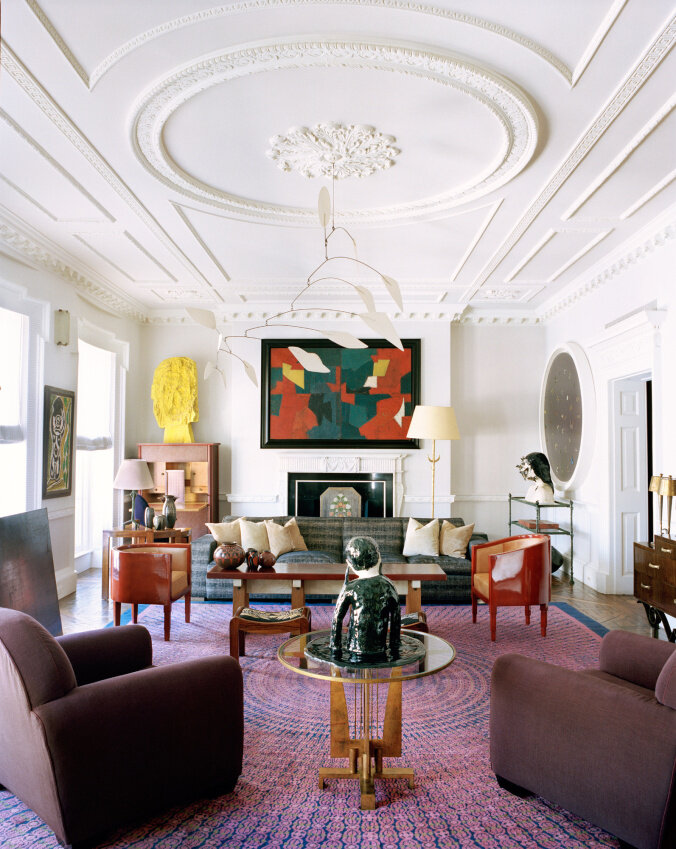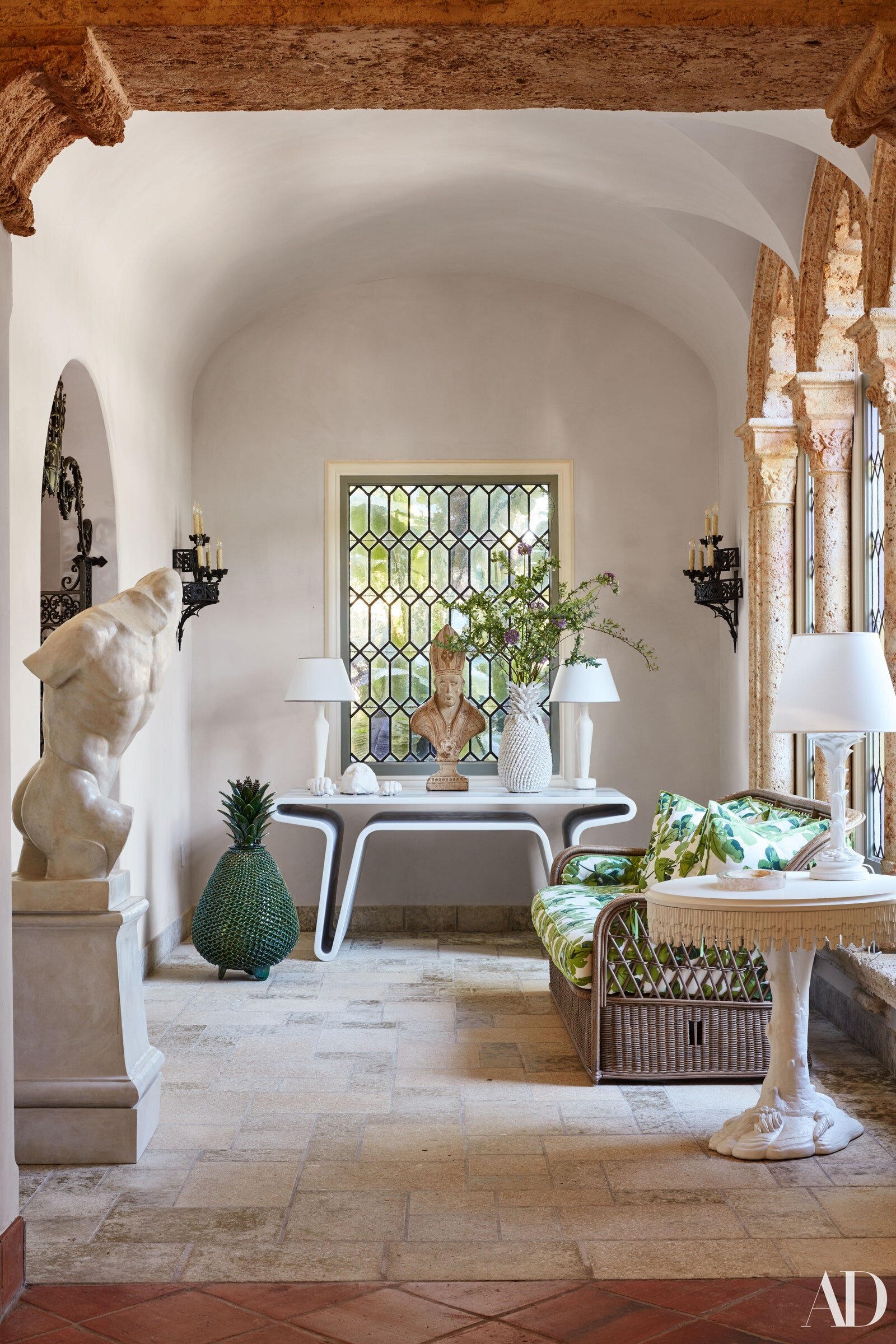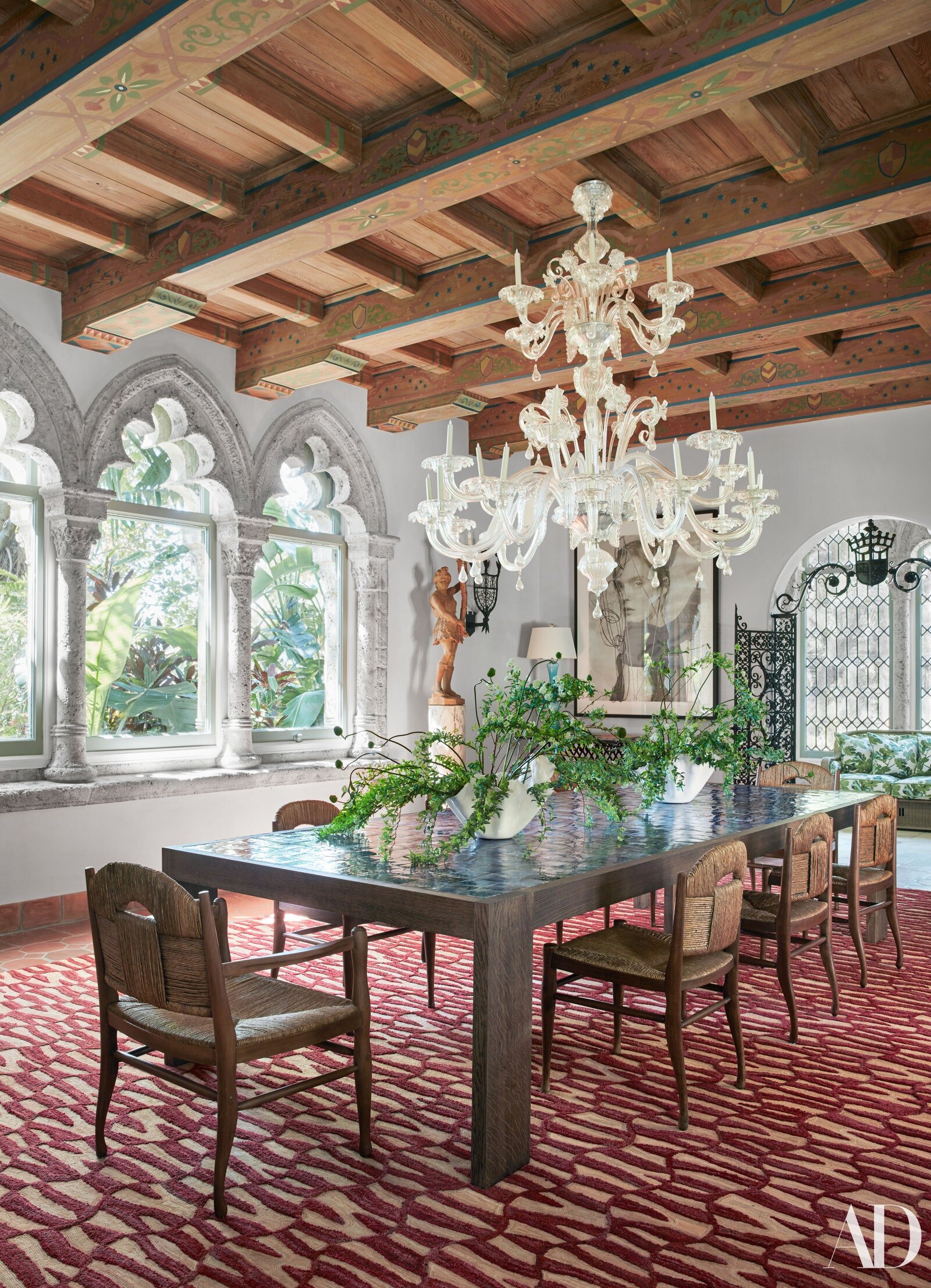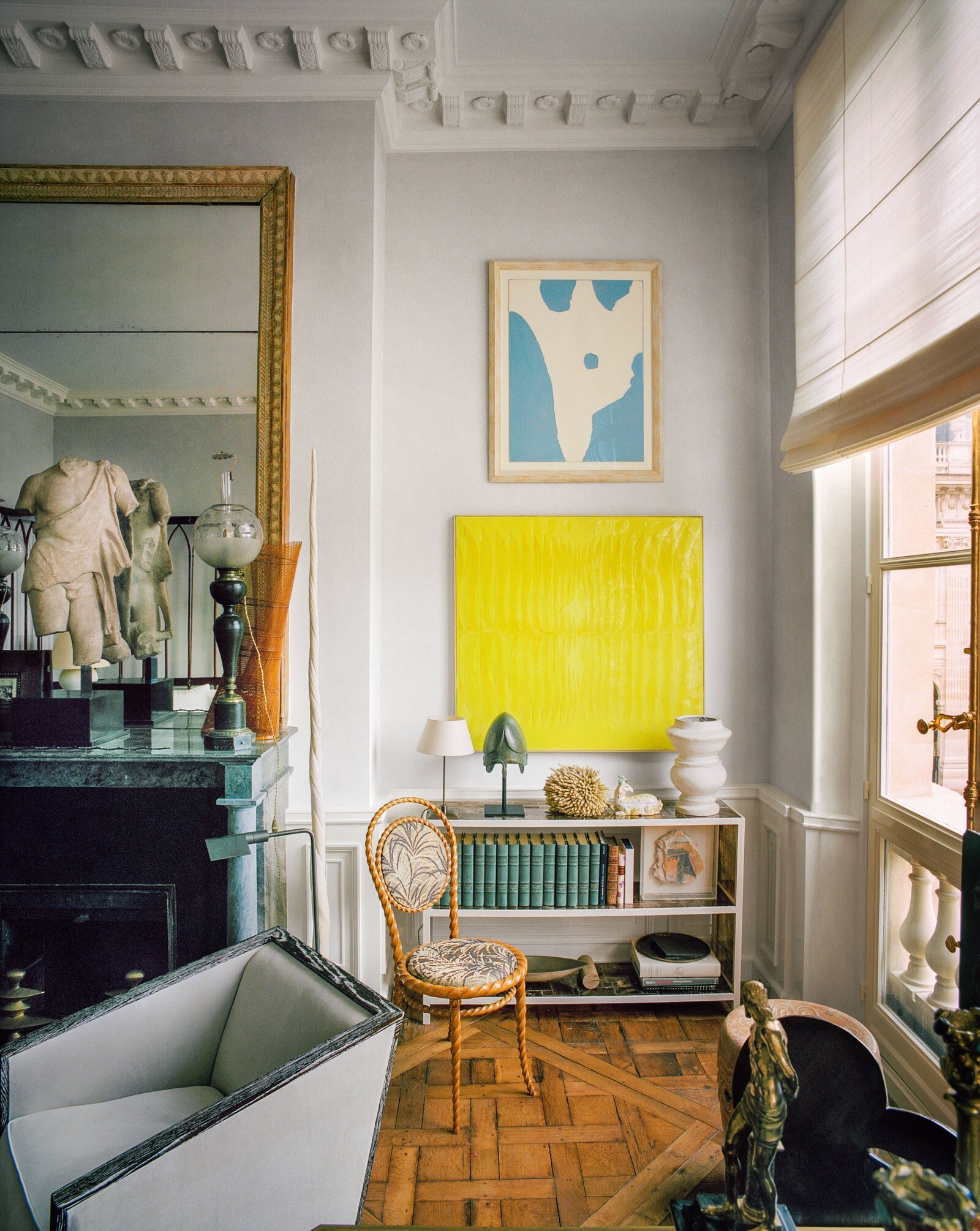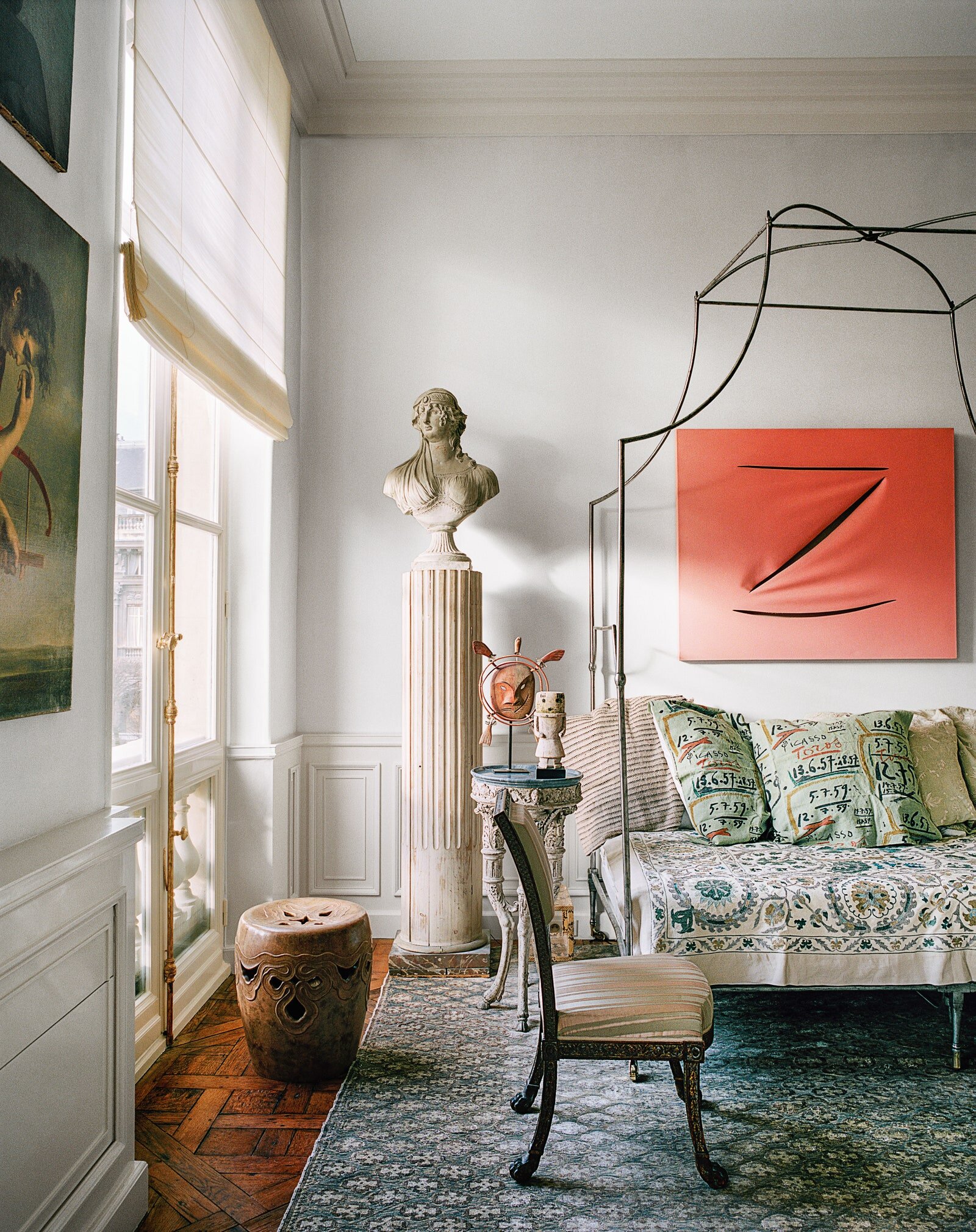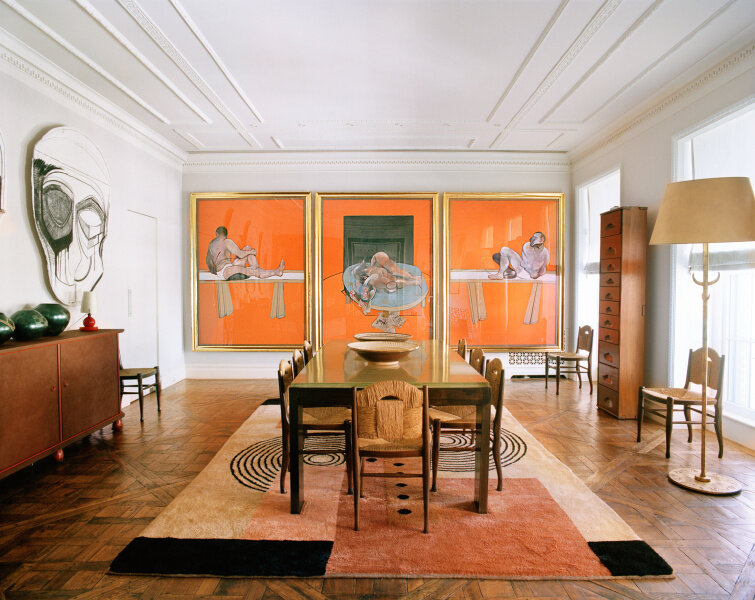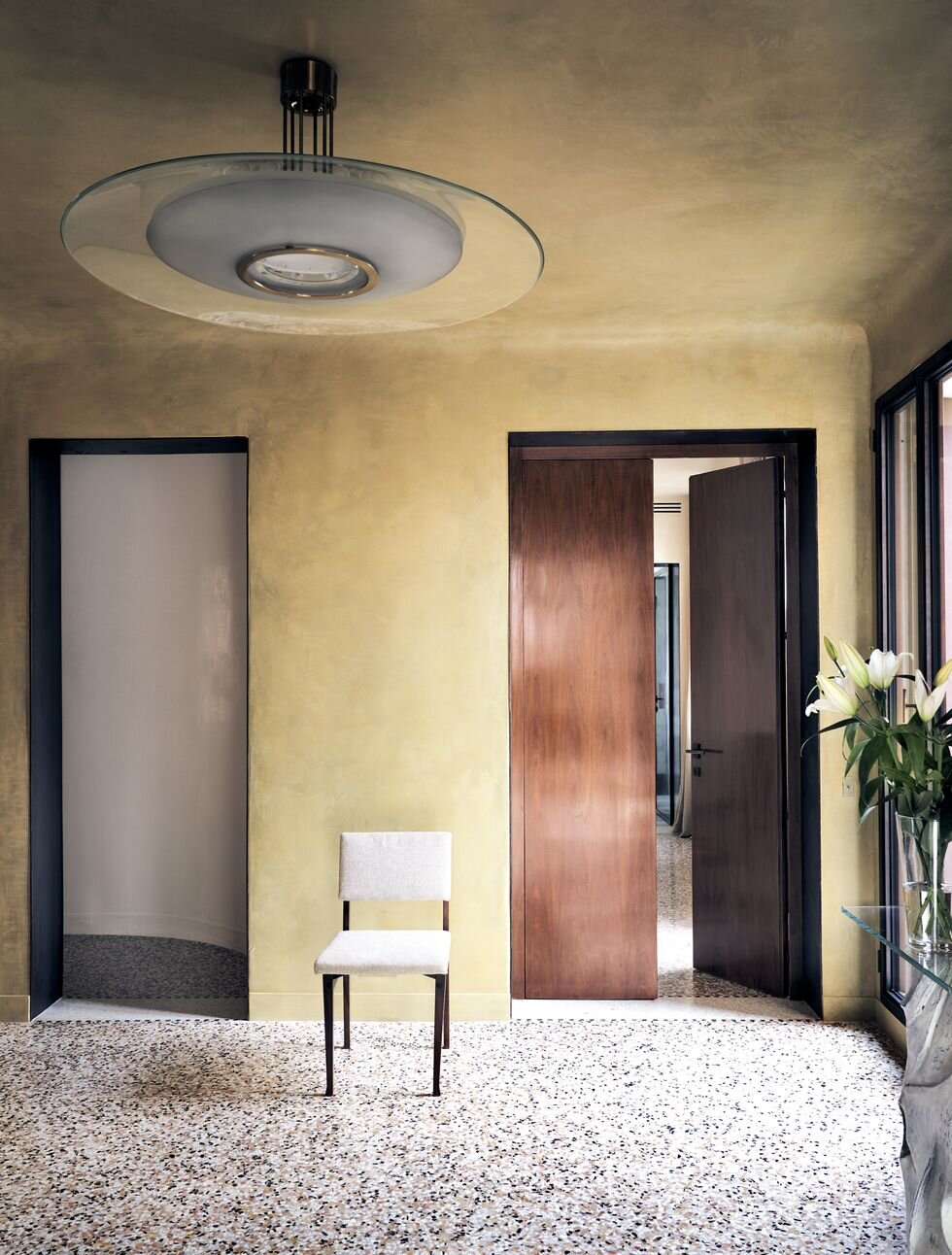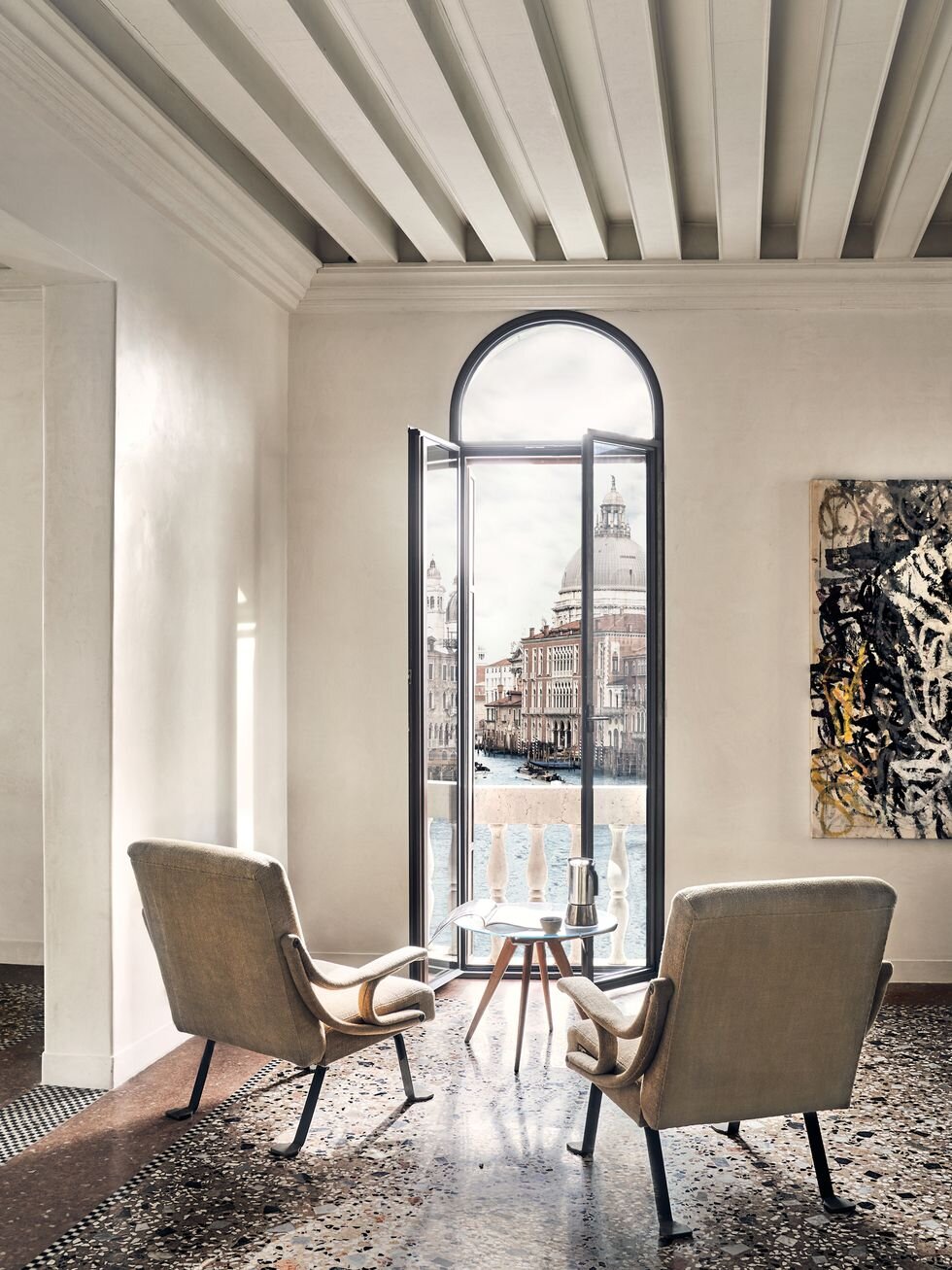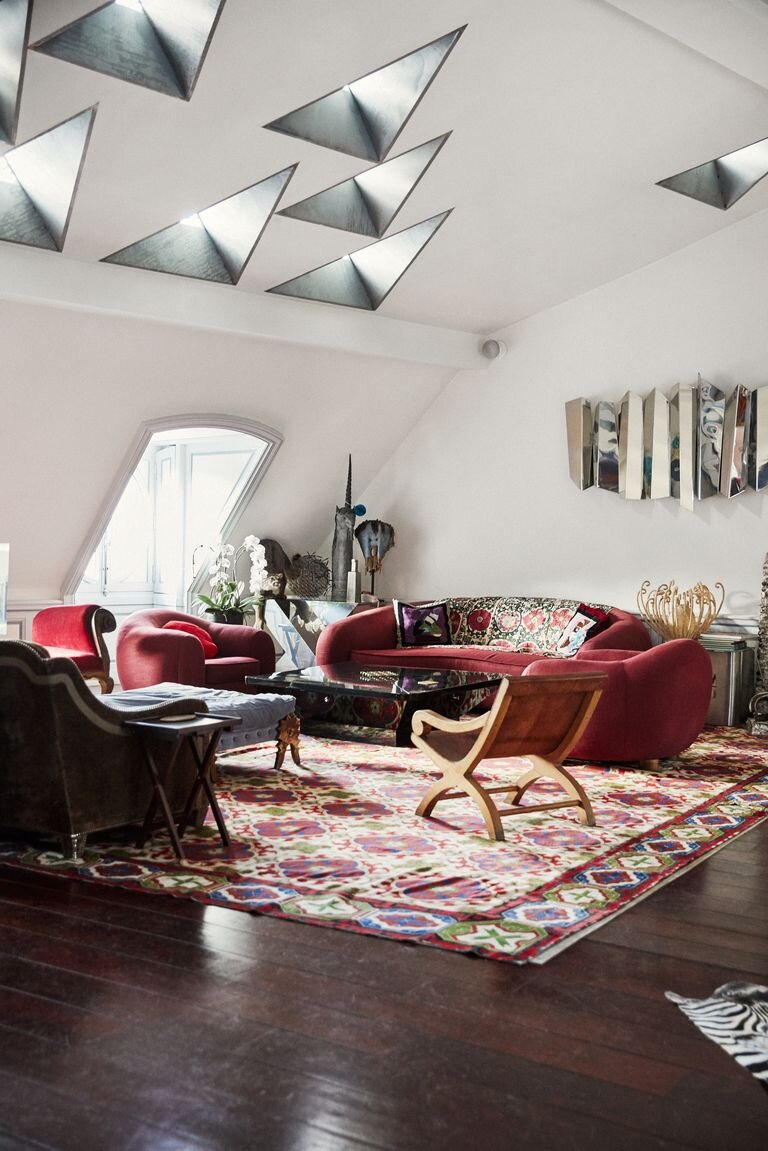JACQUES GRANGE
“If you are a creator and you love art, you need to reevaluate. You cannot stay the same.”
1944 - now
Influences: Madeleine Castaing, Marie Laure de Noailles, Jean-Michel Frank
Notable Clients: Yves Saint Laurent, Princess Caroline of Monaco, Paloma Picasso, Aerin Lauder, Karl Lagerfeld, Valentino, Francis Ford Coppola
There are internationally renowned French interior designers and then there is Jacques Grange. Grange is undoubtedly the most successful and respected living French interior designer, who has been designing interiors for the crème de la crème of the high society since the beginning of his career. He is truly the interior designer extraordinaire. Having received the highest order of merit in France, the Chevalier de la Legion d’Honneur, Grange is the Parisian master of interior design. In the last fifty-years, Jacques Grange has designed one-of-a-kind homes for the world’s most respected individuals including Yves Saint Laurent, Francis Ford Coppola, Princess Caroline of Monaco and Valentino. Each and every project of Jacque Grange is unique and original in the sense that he never seems to repeat himself. If you look at his different projects, it’s hard to find similarity in between apart from a subtle reference of Art Deco or French modernism, usually delivered by the use of Jean-Michel Frank, Émile-Jacques Ruhlmann or Jean Royère furniture.
Jacques Grange was born in Saint-Amand-Montrond in 1944 and showed interest in arts from very early ages. He attended weekly art classes in Paris from the age of eight and at age fifteen, he left high school to attend the prestigious École Boulle. He studied gilding, plaster carving, cabinetmaking and upholstery for four years at École Boulle and then decided to specialise in interior design at the École Camondo. He started his career at the legendary Henri Samuel’s design studio and then in 1968, he started to work as a draftsman at the Parisian antiquaire Didier Aaron’s interior design office. Aaron pushed Grange to manage projects himself, giving him the encouragement and confidence he needed to start his own interior design business. His formal training at École Boulle and École Camondo and later on with Henri Samuel were all classic but Grange knows how to take risks. Combined with his passion for contemporary art, his classical training lead him to have a unique approach to interior design. He was also significantly influenced by the renowned decorator Madeleine Castaing and the art patron Marie-Laure de Noailles, with whom he met socially in Paris and became good friends with. Grange describes Madeleine Castaing as “a magician” who “has humour and poetry”, something she definitely managed to pass on to Jacques Grange. His amusing and unusual way of grouping objects always carries a story in the background, resulting in fearless and unparalleled interiors.
Jacques Grange’s design aesthetic can be described as natural and non-designed with masterful combinations of different eras and styles . He describes his own style as “mixing pieces from different periods”. He has a special interest in the late 18th century, Art-Deco and the 50s. “There’s always a mix, things from different periods,” he explains, “what I do is not revolutionary, but I think it’s quite harmonious.” His interiors are sophisticated and luxurious without sacrificing the comfort. He has this unique, eccentric approach to design that he can pull off any style and still keep his originality. He is open to the influences of Eastern cultures, particularly from India and the Arabic world and can masterfully blend them with Western styles. From Art Deco glitz to modern simplicity, Grange can deliver any style to suit his client’s taste and style.
Fun fact: Jacques Grange decided to sell his incredible personal collection at a two-day auction, which generated a total of £25.1 million. The record total proves his impeccable taste in collecting.
Books: Jacques Grange: Interiors, Jacques Grange: Recent Work & Jacques Grange
References:
2 - Inspired Design by Jennifer Boles
Images:
1 - Image by Guy Hervais
2 - Image by Francois Halard
3 & 4 - Images by Ngoc Minh Ngo for Achitectural Digest
5 - Images by Francois Halard for Architectural Digest
6 - Image by Francois Halard
7 - Images by James Merrell
8 - Image by Cyril Matter


